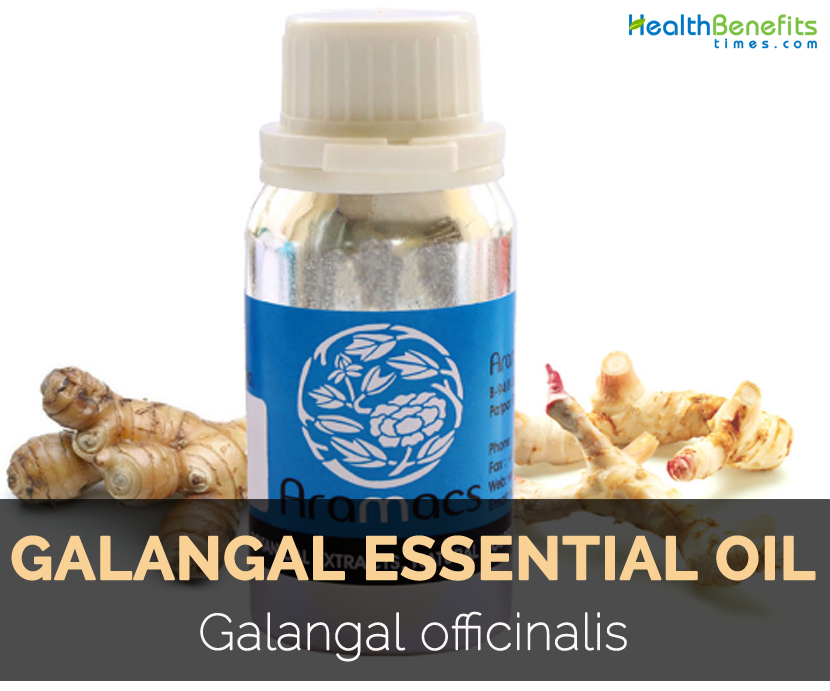| Galangal essential oil facts and health benefits Quick Facts | |
|---|---|
| Name: | Galangal essential oil facts and health benefits |
| Scientific Name: | Galangal officinalis |
| Origin | Glangal plant was originated in Indonesia. It was used in South-east Asian cuisines. |
| Colors | Light yellow |
| Taste | Bitter |
| Health benefits | Treats fatigue, Cures digestion, Promote mood, Provide sound sleep, Relax muscles |
| Name | Galangal essential oil facts and health benefits |
|---|---|
| Scientific Name of Galangal Plant | Galangal officinalis, Languas officinarium, Radix galanga |
| Native | Glangal plant was originated in Indonesia. It was used in South-east Asian cuisines. |
| Common Names of Galangal Plant | Chinese ginger, galingale, galanga root, Galangal, Indian Ginger, Galanga |
| Extraction method | Steam distilled |
| Color | Light yellow |
| Aroma | Fresh, spicy, sweet, woody |
| Taste | Bitter |
| Traditional uses |
|
| Precautions |
|
| How to Eat | This oil added to Thai and Indian curries and soups. |
| Other Facts |
|
References:
https://www.baseformula.com/galangal-essential-oil
http://www.essentialoil.in/galangal-oil.html
http://www.alchemy-works.com/essential_oils_galangal.html


